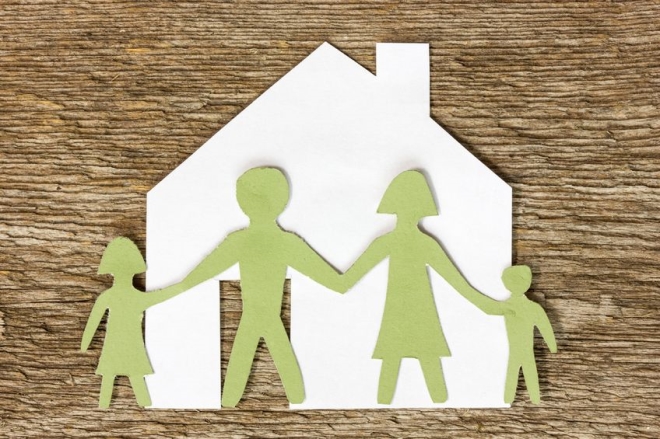Home Boundaries To Keep Your Children Safe
The home is your family’s refuge, a safe and secure sanctuary within which you build memories and raise your children. It might be tempting as a father to let your children flourish uninhibited.
You give your children the freedom to learn the rewards and consequences of their decisions. However, without accountability, this can be potentially dangerous.
As a father, it’s essential to provide your children with the structure and guidance needed to keep them healthy, maturing, happy and safe. Establishing boundaries for your children will keep your home running smoothly.
It will also provide your children with the tools and information they require to grow into informed, successful adults.
Specifically, the following five boundaries should be started and enforced in your home.
1. Limit and Monitor Internet Use
You’ve doubtlessly taught your children the importance of protecting themselves when encountering strangers. Frequently, parents fail to extend this education to Internet use.
The World Wide Web is an invaluable tool for both learning and entertainment. While it can also be an excellent resource for socializing, even for children, the mere fact is sometimes there’s simply no telling who’s on the other side of that chat window.
Therefore, it’s essential to monitor your child’s Internet access.
2. Establish Firm Curfews
A curfew teaches your child the importance of obeying rules and meeting deadlines. It also enables you to lock and secure your home with the knowledge everyone is safely inside.
Unfortunately, the world isn’t always a safe place. The FBI statistics reports break-ins occurring every 15 seconds, even the home itself isn’t immune to danger.
Locks and outdoor lighting are important, but even these measures can fail. This makes adding an alarm system a necessary option.
Security systems from businesses like Johns Brothers Security can also help support setting up a firm curfew. They will alert you if your child is attempting to sneak in or out after hours.
3. Build a Network of Trusted Adults
As the saying goes, it takes a village to raise a child. This has never been truer than today.
Coordinate your safety rules with your children’s friends parents. Rather than hiding an extra home key near the door in case your child is locked out entrust the key to a trusted neighbor or the parents of your children’s friends, provided they live nearby.
If your children don’t take the bus, coordinate carpooling with other parents instead of having your children walk to school. Keep a contact list of trusted adults and provide your children with that information so they have safe adults, along with police and other public services, to contact for assistance should the need arise.
4. Hold Regular Family Meetings
Communication is key in maintaining a safe home for your children. A family meeting allows you to restate or establish new safety rules. It also offers your children an opportunity to express concerns and ask questions about you and your wife’s expectations.
Maintaining a regular, open dialogue with your children ensures they’ll feel comfortable sharing experiences or situations that may require your action and intervention.
5. Reward Obedience
Safety may be its own reward, but you can’t expect your child to comprehend things as an adult would, which means providing positive reinforcement for obeying rules is important. For example, pair your child’s privileges with whether or not they stick to curfews, lock doors after returning home or behave responsibly when using the computer.
Simple incentives teach children the value of obedience, as well as instills in them the importance of personal responsibility. You can’t protect your child from every bump, scrape, or bruise, but there’s still plenty of small and straightforward steps parents can take to provide a healthy, secure environment for their children to grow and thrive.
Safety rules not only protect your children from harm, but they also teach their growing minds the value of following instruction and instills in them the sense of personal responsibility they’ll need in adulthood.
Copyright: grazvydas / 123RF Stock Photo






